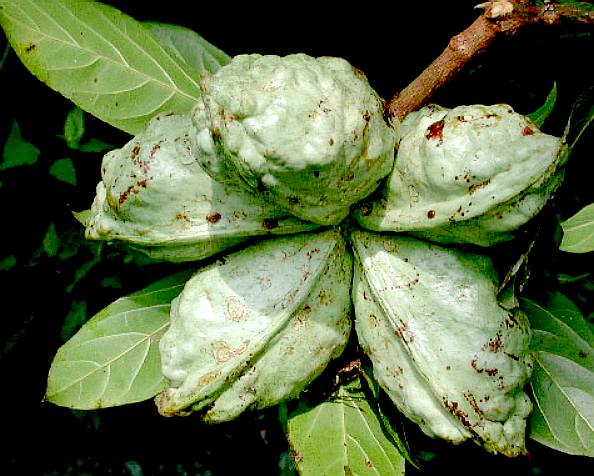The Nigerian Kola tree, scientifically known as Cola Nigeria, stands as one of Nigeria’s most critically endangered tree species.
This tree, endemic to the Omo Forest Reserve in Ogun State, is unique to this region and cannot be found anywhere else in the world.
Threat Of Habitat Loss
Highly valued for its seeds used in traditional medicine and as a stimulant, the Nigerian Kola tree holds significant cultural, religious and medicinal importance.
Kola nuts can be harvested mechanically or by hand, by plucking them at the tree branch. Nigeria produces 52.4% of worldwide production followed by the Ivory Coast and Cameroon.
Basically, the crop’s value makes it one of the most important indigenous cash crops in West Africa.
The primary threat to the Nigerian Kola tree is habitat loss, primarily due to deforestation.
The Omo Forest Reserve, like many forested areas in Nigeria, faces intense pressure from logging, agricultural expansion, and infrastructure development.
Unfortunately, these activities have led to a drastic reduction in forest cover, now standing at less than 4% of Nigeria’s total land area.
Hope For The Nigerian Kolanut Tree
This loss of habitat critically endangers the survival of the Nigerian Kola tree.
Despite the challenges, hope remains for the Nigerian Kola tree. Continued conservation, propagation, and awareness-raising efforts are essential for its survival.
Furthermore, collaboration is required between local and international organisations, along with community involvement. This will provide a strong foundation for protecting this critically endangered species.
Various organisations have initiated conservation efforts for the Nigerian Kola tree.
The International Institute of Tropical Agriculture (IITA) and the Botanic Gardens Conservation International (BGCI) have partnered on projects aimed at seed collection, propagation of threatened species, and assessing parent tree populations.
These initiatives are essential for maintaining genetic diversity and ensuring the long-term viability of the Nigerian Kola tree.
Propagation trials for the Nigerian Kola tree have yielded promising results.
Through testing different sowing media and methods, germination rates have improved.
Furthermore, by the project’s end, several threatened species, including the Nigerian Kola tree, had been successfully propagated.
Also, they have been planted in the Tree Heritage Park.
These propagation efforts are crucial for restoring the population of this critically endangered species.
Preserving The Tree
Also, beyond propagation, conservationists are focusing on raising awareness about the importance of the Nigerian Kola tree.
Workshops and training sessions are ongoing to educate local communities and stakeholders on the ecological and economic significance of this tree.
Also, by involving local communities in conservation efforts, there is a greater chance of success in protecting the Nigerian Kola tree and its habitat.
The Nigerian Kolanut tree is not only valuable ecologically but also culturally. Its seeds have been used for centuries in traditional medicine and as a stimulant.
Preserving this tree ensures that future generations can continue to benefit from its unique properties and maintain cultural traditions associated with its use.
In all, the story of the Nigerian Kolanut tree highlights the broader issue of deforestation and habitat loss in Nigeria, emphasizing the need for sustainable land-use practices to preserve the country’s rich biodiversity for future generations.




